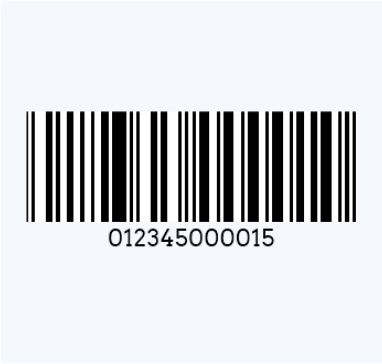In the realm of comic books, these seemingly simple patterns of stripes and numbers hold a wealth of information that can be crucial for collectors, enthusiasts, and even casual readers. This guide will discover the intricacies of comic book barcodes, revealing their structure, purpose, and how they can be leveraged for a deeper understanding of your collection.
What is a Comic Book Barcode?
A comic book barcode is a unique identifier found on the cover of comic books, serving as a quick reference for retailers, collectors, and enthusiasts.
It is typically a Universal Product Code (UPC) that encodes information about the comic, such as the publisher, issue number, and variant edition.
The barcode facilitates inventory management, and sales tracking, and helps in verifying the authenticity and details of a comic book. It is an essential tool in the comic book industry, enabling efficient cataloging and transaction processes.
Understanding the Barcode Structure
The barcode found on most comic books is a UPC, which is divided into segments, each with a unique purpose:
● Quiet Zone: This clear area ensures the scanner can accurately read the code without interference from adjacent elements.
● Number System Prefix: The first digit is a category indicator. For comic books, this is typically '0', indicating a general merchandise category.
● Manufacturer Code: The next five digits are unique to the publisher, identifying the manufacturer of the comic book.
● Product Code: The subsequent five digits specify the particular product, often aligning with the comic's issue number.
● Check Digit: The final digit is calculated using a specific algorithm based on the other digits in the barcode, ensuring its accuracy and providing a form of error checking.
Example of a Comic Book Barcode
Consider a comic book titled "Galactic Warriors #1" published by "Cosmic Comics." The barcode might be structured as follows:
● Quiet Zone: Clear space to the left and right of the barcode.
● Number System Prefix: "0" (indicating general merchandise)
● Manufacturer Code: "12345" (Unique to Cosmic Comics)
● Product Code: "00001" (Identifying the first issue of Galactic Warriors)
● Check Digit: The check digit is calculated based on the preceding digits; let's assume it is "5" for this example.
Full Barcode: "012345000015"

The human-readable interpretation of the barcode would be "0 12345 00001 5," allowing both machines and people to identify the comic book accurately. The check digit "5" is an example and would be calculated using the standard UPC check digit algorithm.
The Secondary Barcode: A Publisher's Tool
Comic books often feature a smaller, secondary barcode, which is not part of the UPC system but is used by publishers to encode specific information. This barcode typically contains the issue number, cover variant, and print run information, providing a more granular identification of the comic.
For collectors, the ability to read and decode comic book barcodes is a valuable skill. It allows for immediate identification of an issue, its variant, and sometimes even its print run. This knowledge can be particularly useful when navigating sales bins or assessing the value of a collection.
The Role of Technology in Comic Book Barcode Reading
Comic book barcode scanners and scan comic book barcode apps have become indispensable tools for comic book aficionados.
Such as comic book barcode scanners and scan comic book barcode apps, have simplified the process of barcode reading, providing quick identification and information on market value or rarity.
These scanners, when used in conjunction with smartphones or dedicated devices, can instantly recognize a barcode and provide a wealth of information about the comic book it is attached to.
This includes data such as the issue number, variant details, publisher, and sometimes even the market value or rarity of the item.
The convenience of having such immediate access to this information has transformed the way collectors manage their collections and has also simplified the process of buying and selling comic books in the secondary market.
Challenges of Obscured Barcodes
Some comic books may have obscured barcodes due to stickers, stamps, or other markings. In such cases, professional intervention may be required to reveal the underlying barcode without damaging the comic.
The comic book industry is continually evolving, and so too is the role of barcodes. With the advent of technologies like QR codes, which can store more information, we may see a shift in how comic books are identified and tracked.
For those looking to create their comic books or understand the barcode creation process, tools like a free barcode generator online offer a user-friendly platform.
In conclusion, comic book barcodes are a vital component of the comic book industry, offering collectors and enthusiasts a means to identify and catalog their collections with precision.
As the industry moves forward, the role of barcodes may continue to evolve, but their significance remains undiminished. Whether you are a seasoned collector or just starting your journey, understanding the language of comic book barcodes can greatly enrich your experience.





